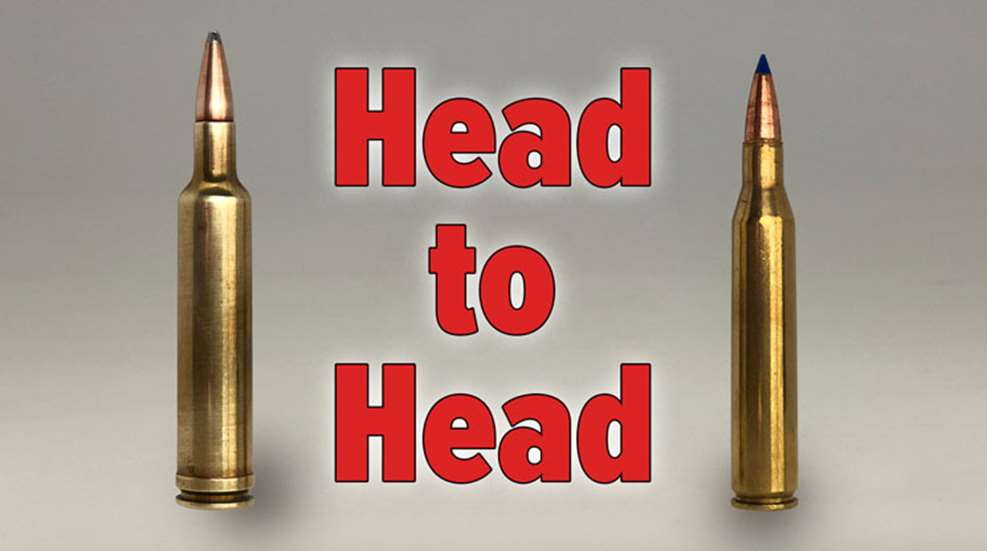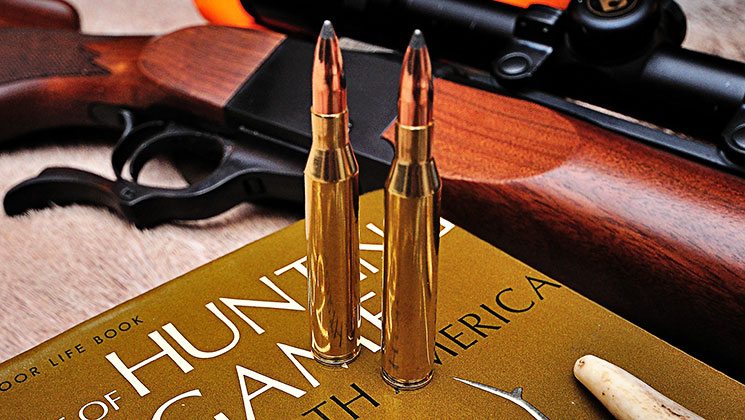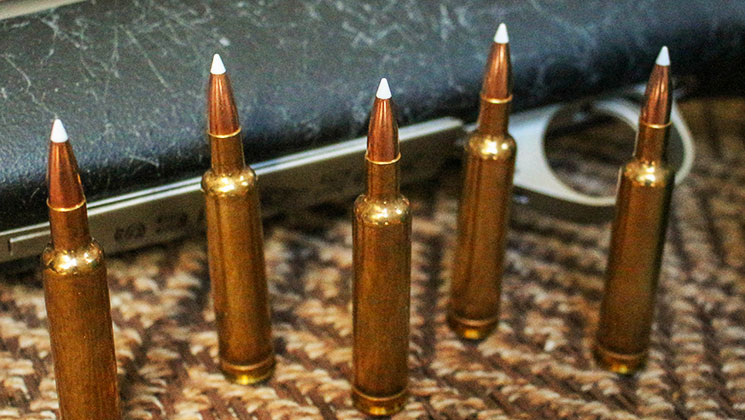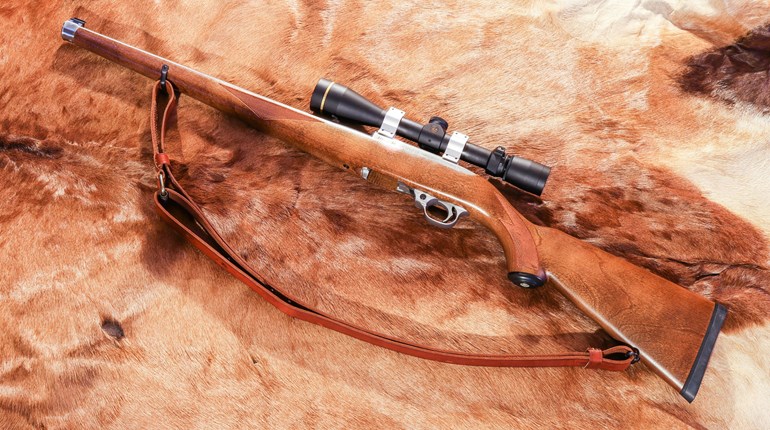
If you want to drive a .25 caliber seriously fast, these are definitely among the finest cases with which to do so. The .25s have been American favorites for over a century, dating back to the .25-35 and .25-20 Winchester cartridges; by the time the .250-3000 Savage and .257 Roberts hit the scene, hunters were totally hooked. Just as the Savage and Roberts cartridges began life as wildcats—and they are both solid designs—the .25-06 Remington and .257 Weatherby Magnum are the brainchild of those experimental riflemen who felt the need to find the fastest .25 caliber cartridge they could. Each has a fervent following, and those followers will proclaim the reasons why their chosen cartridge is the best. Let’s take a look at the two, and compare and contrast their strengths and weaknesses.

The .25-06 Remington came first, dating back to as early as 1912, when Charles Newton necked the .30-06 Springfield case down to hold the .257″ diameter bullets from the earlier .25-caliber cartridges. A.O. Neidner released a very similar cartridge—the .25 Neidner—in 1920; both were (obviously) sound designs, giving unprecedented velocities for their time, considering the limits of the smokeless powders of the day. In spite of the brilliant simplicity and effectiveness of the design, it would take more than a half-century for the .25-caliber offspring of the .30-06 to have a legitimate name. It was Remington—which has done such a good job in recognizing those wildcat cartridges that deserve to be brought to the masses—that made an honest cartridge out of the .25-06 in 1969. It has the same shoulder angle—17-degrees, 30-minutes—as its father, and will drive the 120-grain bullets just shy of 3000 fps. It makes an excellent deer/antelope cartridge, and can easily do double-duty on coyotes and foxes with the 87- and 100-grain bullets. The .25-06 has a decent balance of case capacity of bore diameter, and runs very well in a 24-inch barrel.
The .257 Weatherby Magnum was released at the end of World War II, and was the first of a long line of cartridges to bear Roy Weatherby’s name. It was based on the .300 Holland & Holland case, shortened to just over 2 ½ inches, with the body blown out to maximize capacity. Weatherby would use a reverse curve for the shoulder—as opposed to the traditional angled shoulder—which would become a hallmark of the Weatherby cartridges. It’s a belted magnum, but the belt is nothing more than a carryover from the H&H design—where it was used for headspacing those slope-shouldered cartridges—and has nothing to do with strength whatsoever. The .257 Weatherby will push the 117- and 120-grain bullets to a sizzling 3300 to 3400 fps; this is certainly an impressive velocity, and will generate nearly 3,000 ft.-lbs. of energy. This translates to all sorts of hydraulic shock, which is the primary reason that proponents of the .257 Weatherby swear by the cartridge. I was recently on a hunt in Texas, with a couple other prominent gun writers—I bet you can just imagine how deep those cartridge conversations ran—when both proclaimed, “Whatever I point my Two-Fifty-Seven at falls out of the scope!”

Does it come with some inherent issues? Yes, it does. The .257 Weatherby is an overbore design, meaning that there is more powder in the case than can be burned in a conventional barrel length. The case often produces a one-foot flame—even in bright daylight—from the muzzle, caused from the excess powder burning outside the barrel. I’m not sure how long it would need to be in order to burn the entire powder column inside the barrel, but it would certainly be unwieldy at the very least. Does that stop the .257 Weatherby from being a good hunting cartridge? Absolutely not.
Looking at the pair, which makes the better choice? I feel that both of the cartridges fall into the ‘fast’ category, for the .25-caliber cartridges. Both cartridges are fully capable of eroding the throat of a barrel, especially with a rapid succession of shots. I think this may be an instance of ‘go-big-or-go-home’, in that the .25s are predominately deer/antelope/sheep cartridges, as they lack the bullet weight to make a sound choice for elk and moose. The deer family; whitetail, blacktail and mule deer, are easily switched off in that their nervous systems are highly susceptible to shock, unlike elk, moose and caribou. Therefore the higher impact velocity of the .257 Weatherby Magnum will—and in most instances apparently does—switch off a deer’s nervous system.
The .25-06 Remington holds the edge as far as a variety of factory loads available, however the .257 Weatherby is far from a proprietary load. Yes, the excellent Weatherby factory ammunition is still available in several weights and with premium bullet choices, but Hornady, Nosler and Norma also offer factory loaded ammunition. There are no flies on a good .25-06 Remington, but when it comes to the blazing quarter-bores, the .257 Weatherby Magnum holds a special place in the hunting fields.
Looking for previous installments of our "Head to Head" series? We've got you covered.
• .338 Winchester vs. .375 H&H Magnum
• .30-30 Winchester vs. .35 Remington
• .257 Roberts vs. .250-3000 Savage
• .270 Winchester vs. .280 Remington
• .35 Whelen vs. 9.3x62mm Mauser
• .416 Rigby vs. .416 Remington Magnum
• .308 Winchester vs. .30-06 Springfield
• .22 Nosler vs. .224 Valkyrie
• .300 Win. Mag. vs. .300 WSM
• .223 Remington vs. .22-250 Remington




































